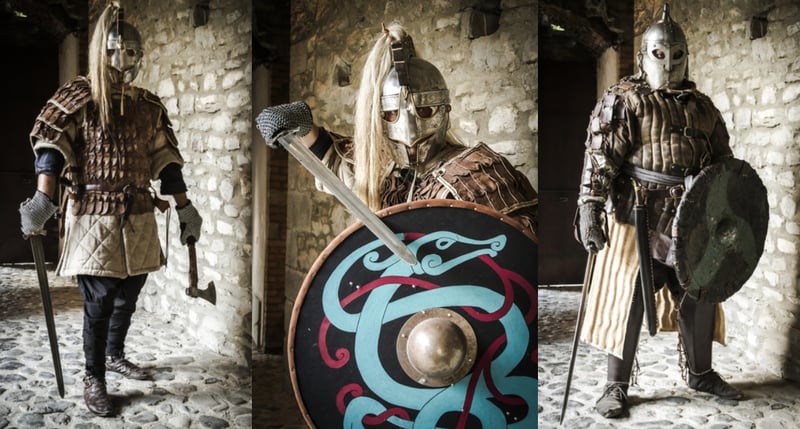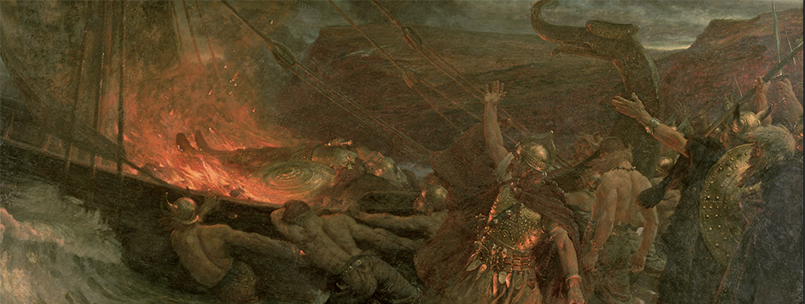
Top 10 Viking Facts You Must Know
Let’s count down the top 10 facts about these 8th-12th century Scandinavians with images from our archive.
1. The origin of the word “Viking” is still unknown
It is believed that “Viking” either originates from the Old Norse noun “vikingr”, meaning “pirate”, or verb “viking”, meaning “to go on a sea raid expedition”
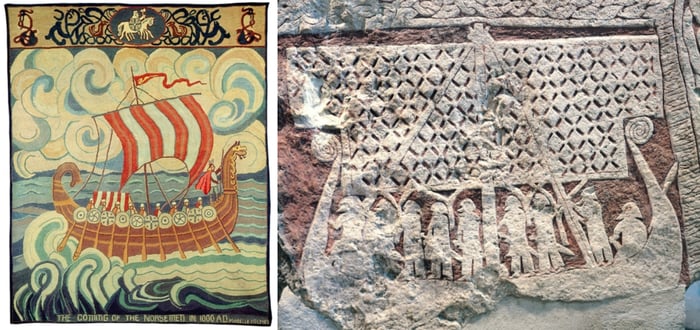
Left: The Coming of the Norsemen in 1000 AD, tapestry designed and made by Mabelle Linnea Holmes
Right: Detail of a picture stone depicting a Viking ship, from the Isle of Gotland (stone), Viking, (9th century) / Historiska Museet, Stockholm, Sweden
2. The horned helmets… it’s a lie
Aside from a small handful of examples, most archaeological helmets or depictions of Viking warriors show that helmets were rarely, if ever, horned. Many were rounded or conical. Historians believe that horned helmets were invented by 19th century Scandinavian Romanticism.
See more images of Viking helmet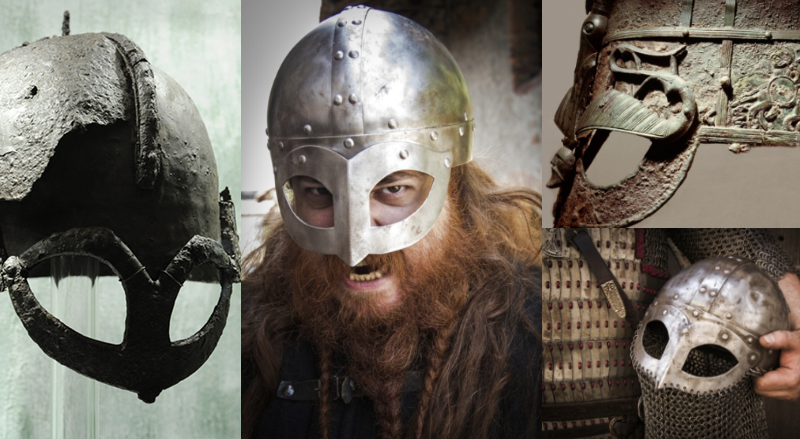
3. More than just pirates
While the Vikings are most famous for their sea prowess, raiding was not a full-time occupation: on land, many were farmers, craftsmen or traders. The level of skill and intricacy involved in their jewellery shows how expert some of these craftsmen were.
See more images of Viking craftsmanship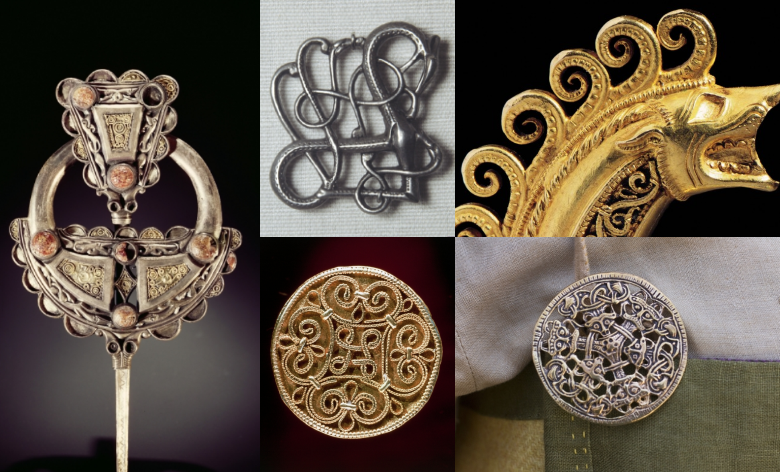
4. Personal hygiene
Archaeological evidence of wooden combs and ornamental hair pins suggests that these Scandinavians took pride in keeping themselves tidy and well-adorned.
See more images of Viking grooming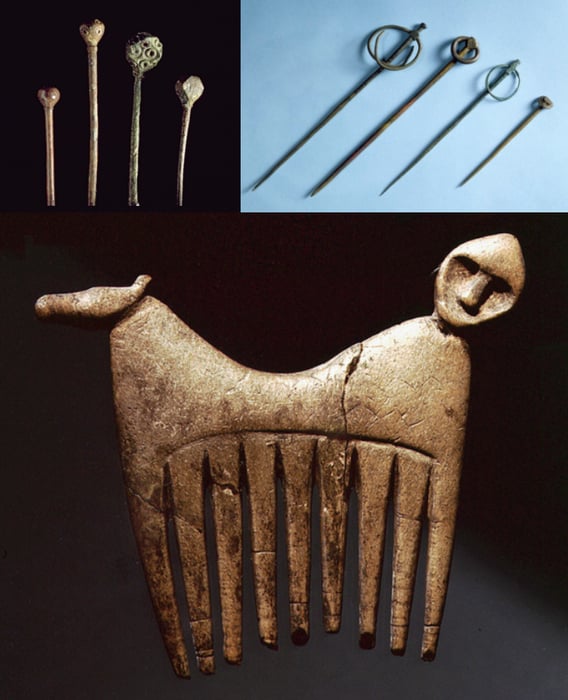
5. Checkmate!
The Vikings enjoyed playing games: many varied and sophisticated designs for chess pieces have been discovered, from rounded marbles to rooks in the shape of little warriors.
See more images of Viking chess pieces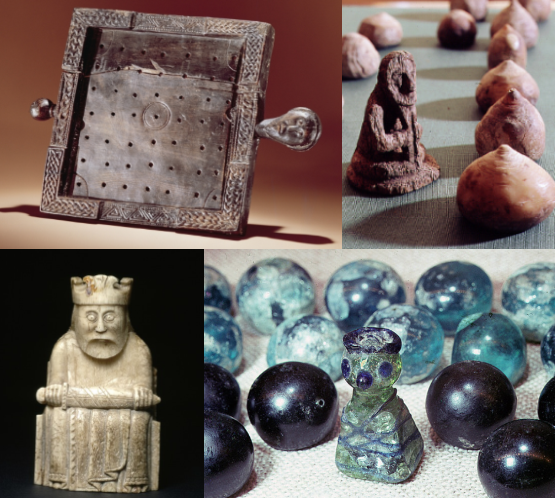
6. Smooth sailing
Viking longboats (or longships) ranged from 23 – 30m, could fit up to 80 people and travel at up to 15 knots. Most were made of oak, but elm, pine, spruce and ash were also used. The longest recorded longboat currently stands at 36m long.
See more images of Viking longboats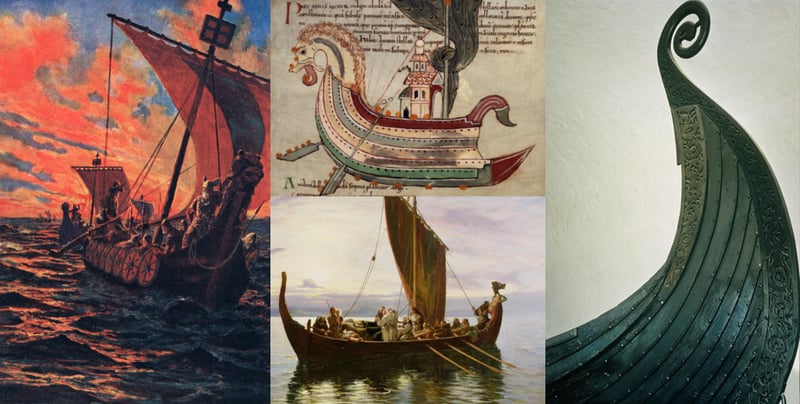
7. Fantastical figureheads
Many Viking figureheads, often carved in wood and found at the prow of ships, had sharp teeth and a menacing appearance to ward off evil spirits and frighten their enemies.
See more images of Viking figureheads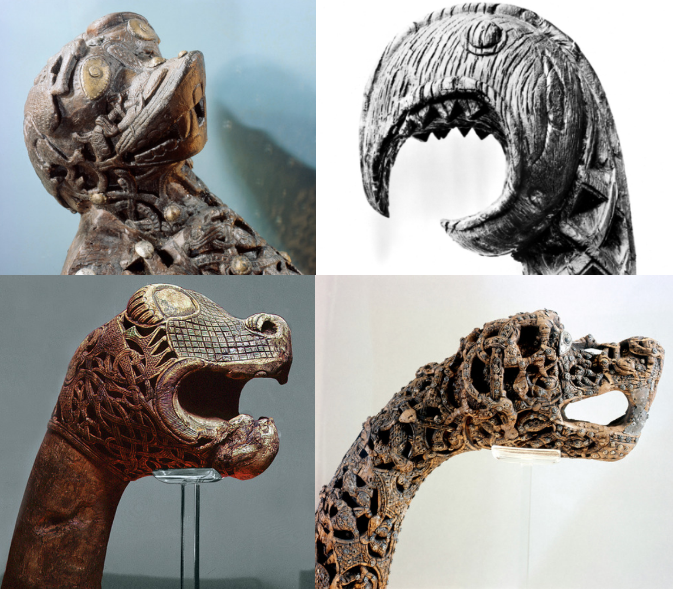
8. Rune stones
Featuring 24 letters in their alphabet, Viking rune stones were erected to commemorate a person or a special event, most often warriors who fought with great bravery or died during sailing expeditions.
See more images of rune stones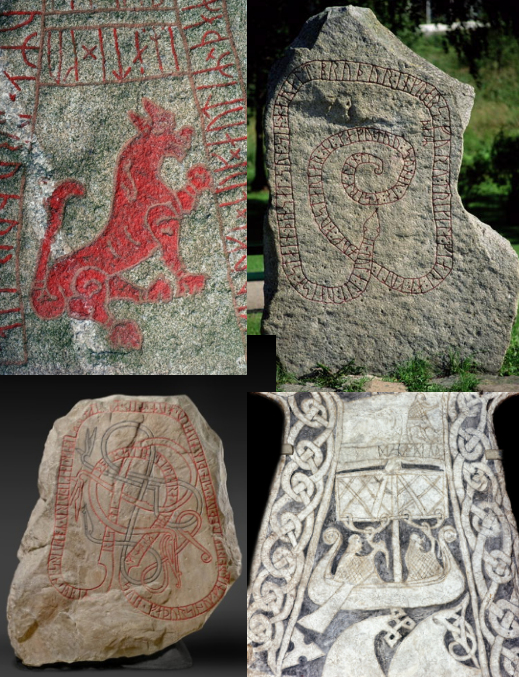
9. Going berserker
Berserkers were Viking warriors who fought in a violent uncontrollable, trance during battle. Their behaviour was associated with beast-like fury, perhaps because many wore the pelt of a wolf or bear (‘ber-‘). The blurring between warriors and animals features prominently in mythology, poetry and art.
10. The Vikings live on…
Viking mythology has inspired artists and illustrators for centuries. From epic paintings of Thor’s fight with giants to imagined portraits of real figures like Eric the Red – gods, Valkyries and longboats still continue to capture the imagination.
See more artwork inspired by Vikings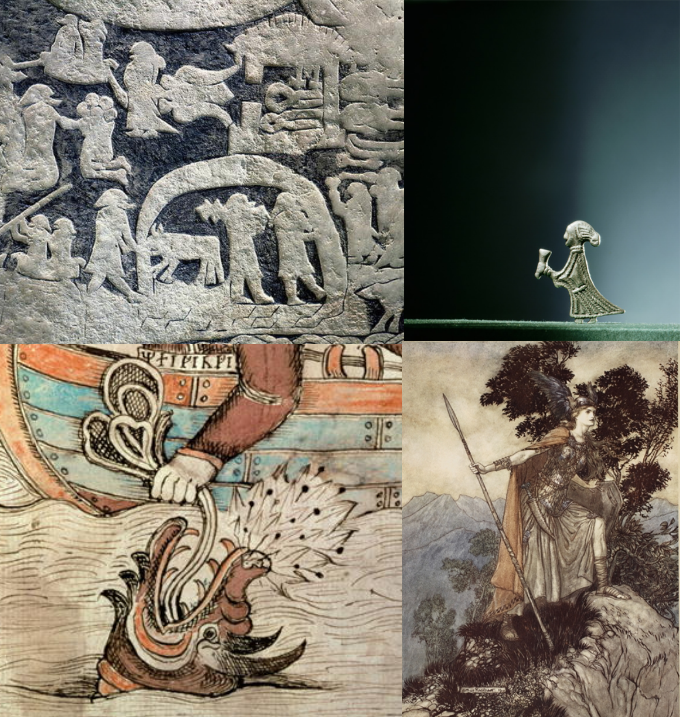
Find out more
View all our Viking-related images available for licensing.
Contact our sales team for enquiries about licensing images, copyright clearance, or accessing content not yet online.
Save
Save

